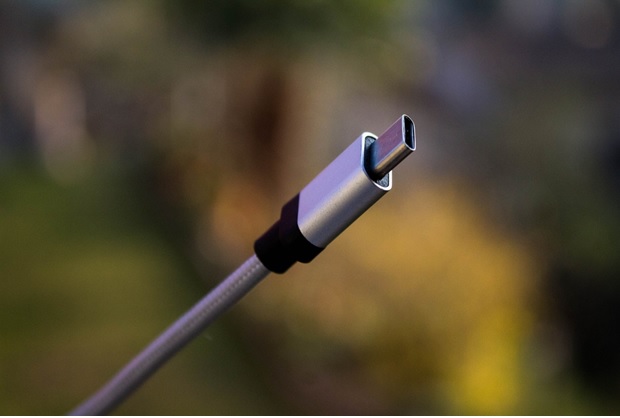
USB Type-C is the latest member of the USB protocol. It combines support for data, video and power delivery in a single and compact interface. In spite of being new, its receptacle, plug, and cable standard are compatible with the already existing USB interfaces. It delivers increased power of up to 100W (5A, 20V). Its simplicity and convenience have driven its absorption, amongst producer and consumers. This is evidenced by the fact that many global renown phone manufacturers like Samsung, Sony, Samsung, and Motorola have adopted it on some of their latest handsets. The versatility and vitality of the USB Type-C are not without blemish though.
Configuration of USB Type-C
To understand the reasons why it’s important to have circuit protection for USB Type-C, we need to understand its configuration
It is symmetrical making is reversible. You can plug it into your device without having to worry about which side should be the top or the bottom. It measures about 8.4 millimeters in size.
Reasons why protection is vital
-
Susceptibility to short circuits
USB Type-C is susceptible to pin-to-pin short circuits. Owing to its size (8.4 millimeters) and the number of pins, the pin-to-pin pitch is very small. It is approximately 0.5mm which is notably 20% smaller compared to USB Type-A. This proximity of the pins increases the risk for pin-to-pin shorts occurring. These shorts could occur when the cables are twisted or if the cable is pulled out of the receptacle (at an angle). It could also occur due to build up of debris inside the connector. If the short circuit happens between the VBUS and CC or SBU, the damage could extend to the downstream circuitry through the induction of a 20-volt surge hence damaging the device.
This risk of a short circuit is particularly high in PD controllers since they are connected directly to CC pins and are strictly designed to operate at a maximum of 5V. PD controllers negotiate the maximum amperes and volts between the charger and the device being charged. If the PD controller gets damaged, it will compromise the operation of the USB PD resulting in a safety hazard.
Electrostatic discharge (ESD)
Arching when plugging and unplugging could cause ESD in USB cables. A simple human touch can also cause ESD. Humans generate up to 15Kv of ESD levels by walking across a carpet. When such ESD is discharged onto a USB port, it could damage on-chip protection circuits. Therefore, there is a need for protection against ESD. This can be implemented using diodes like the ESDARF-1BU2CK, STEVAL-OET004V1, SP3012 and SP3030. These diodes are able to protect against ESD up to 20Kv.
Prevalence of non-compliant cables
According to a survey conducted by Amazon, there are numerous cables and power adaptors that are not USB-IF compliant that are being sold to consumers. Noncompliant adaptors can deliver a voltage of up to 20V before PD negotiation starts to support such high voltage. Such a high voltage could damage Type C-ports since they are designed to support 5V. On the other hand, non-compliant cables are more likely to or badly wired or soldered increasing the probability for short circuits to occur. The circuit, therefore, needs to be protected so as to handle over-voltage and short circuits.
These hiccups aside, USB Type-C is such a welcome idea. It makes charging phones a lot easier. It also makes the transfer of data, video, and delivery of power a lot faster than ever before. With proper protection measure, this USB protocol is sure to redefine user experience.






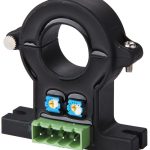
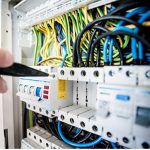


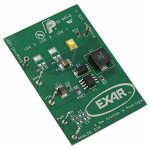
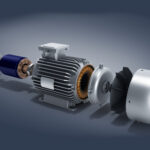

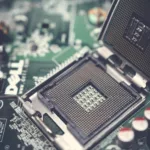


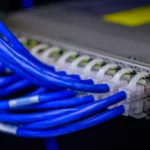
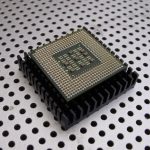




1 Comment